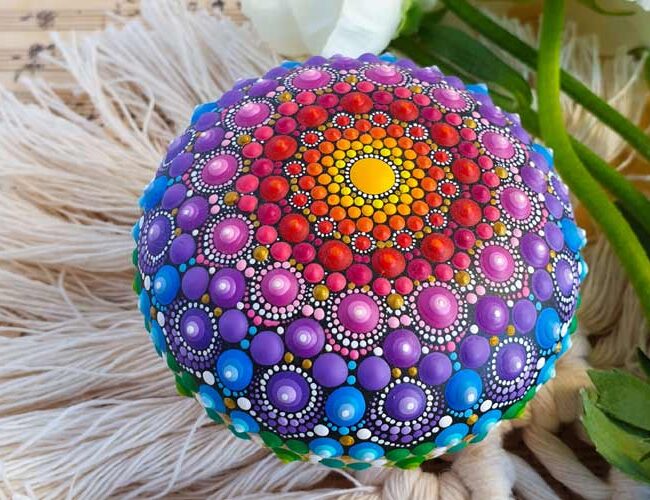Healing through Mandalas: Exploring the Depths of Art Therapy
Mandalatherapy is the technique that contributes fully to this important process, serving as a reflection of one’s current internal state, limitations, and obstacles that hinder life, and forming one’s harmonious “self” in the ancient form of a mandala.
The use of mandalas in art therapy has gained recognition for its profound impact on self-discovery and emotional healing.
- Healing through Mandalas: Exploring the Depths of Art Therapy
- Mandalatherapy as a Transformative Approach in Art Therapy
- The Recognition of Healing Power by Carl Gustav Jung
- Personal Experience and Psychological Transformation
- The Therapeutic Potential of Mandalas in Art Therapy
- Symbolic Significance of Mandalas: Unveiling the Essence of Self
- Mind-Body Connection and Holistic Well-being
- Explore JekaArt Mandalas
Mandalatherapy as a Transformative Approach in Art Therapy
Mandalatherapy is one of the directions of art therapy used for the transformation of various human states: depression, grief, “timelessness,” as well as understanding the deep meaning of one’s dreams as a product of the unconscious work – resolving various psychological problems and increasing one’s life energy.

Through the creative process of mandalas, individuals can explore their emotions, memories, and subconscious thoughts in a safe and non-threatening environment.
The Recognition of Healing Power by Carl Gustav Jung
The healing power of the mandala was recognized by the renowned psychotherapist Carl Gustav Jung, who was the first to assess its effectiveness and introduce the idea of the mandala to Western psychology. He considered the mandala a symbolic expression of the center, essence, and source of energy. Jung referred to the mandala motif as the central point in a person’s psyche. Jung’s pioneering work on mandalas has paved the way for its integration into modern therapeutic practices.

Personal Experience and Psychological Transformation

In his autobiography, “Memories, Dreams, Reflections,” Jung describes how in 1916 he drew his first mandala and, two years later, began sketching new mandalas in his notebook on a daily basis. He discovered that each drawing reflected his inner life at that moment and started using these drawings to document his “psychic transformation.”
Jung’s personal journey with mandalas highlights the power of art therapy as a means of self-exploration and self-awareness.
The Therapeutic Potential of Mandalas in Art Therapy
Long before the emergence of art therapy as a field, Jung noticed that many of his patients spontaneously started drawing mandalas, which helped them find calmness. Eventually, a hypothesis was made (later confirmed in practice) that the form of the mandala serves as an organizing structure that helps overcome anxiety, self-doubt, and sadness from loss.
Mandalas’ innate ability to create a sense of order and stability has made them invaluable tools in aiding emotional processing and healing.

Symbolic Significance of Mandalas: Unveiling the Essence of Self

According to Jung, the mandala is a premonition of the center of personality. The mandala is an embodiment of the central point in the soul, which is the source of life, the primal essence. The energy of this center urges a person to unfold their true essence and become who they really are.
The symbolic significance of the mandala extends beyond the individual and resonates with universal themes of wholeness and interconnectedness.
Mind-Body Connection and Holistic Well-being
It is important to remember that the state of the mind is directly related to the state of the body. Very often, people become ill due to a lack of attention to themselves, denying their appearance and physical condition. However, such denial leads to a lack of integrity and harmony when a person is not a unified entity of Spirit-Soul-Body. This leads to imbalance and destruction at all levels: subtle, psychological, and physical.
Integrating mandalas into art therapy can foster a stronger mind-body connection, promoting self-awareness, emotional resilience, and overall well-being. By creating and contemplating mandalas, individuals can tap into their inner resources, activate their life force, and gain a deeper understanding of their subconscious. This therapeutic process empowers them to embrace their true selves, achieve harmony, and navigate life’s challenges with newfound strength. As art therapy continues to evolve, the timeless art of mandalas remains a powerful tool in guiding individuals towards a path of healing, growth, and self-discovery.

